Optimal Timing for Foundation Repairs
Foundation repairs are most effectively performed during specific times of the year when weather conditions are optimal. Understanding the best timing can help ensure the durability and success of the repair process. Factors such as temperature, humidity, and ground conditions play a significant role in the effectiveness of foundation work.
Spring offers moderate temperatures and consistent ground conditions, making it suitable for foundation repairs. However, increased rainfall can sometimes delay work or affect soil stability.
Summer provides warm weather, which benefits many repair techniques. Dry conditions reduce delays, but extreme heat can impact curing times and material performance.
Fall is ideal due to cooler temperatures and less rainfall, allowing for stable ground conditions. It also provides ample time before winter to complete repairs.
Winter is generally less suitable due to freezing temperatures and frozen ground, which can hinder excavation and curing processes. However, in milder climates, repairs can sometimes be scheduled during warmer spells.
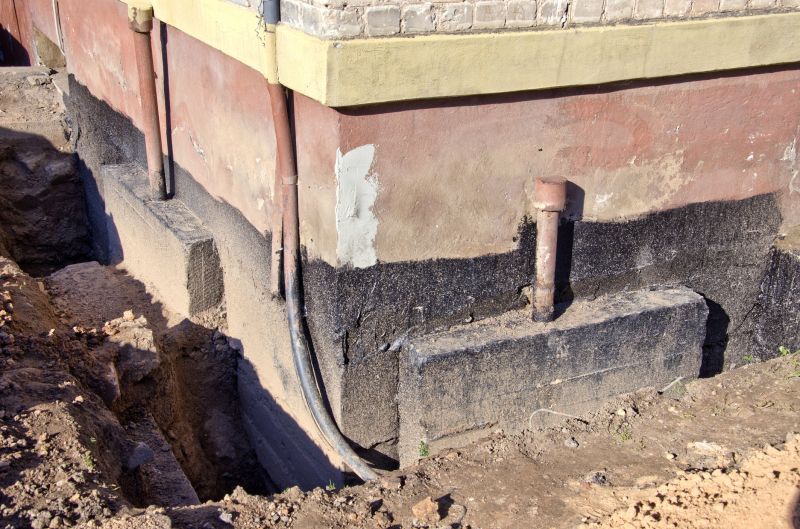
Springtime offers optimal conditions for foundation work, with manageable soil moisture levels.
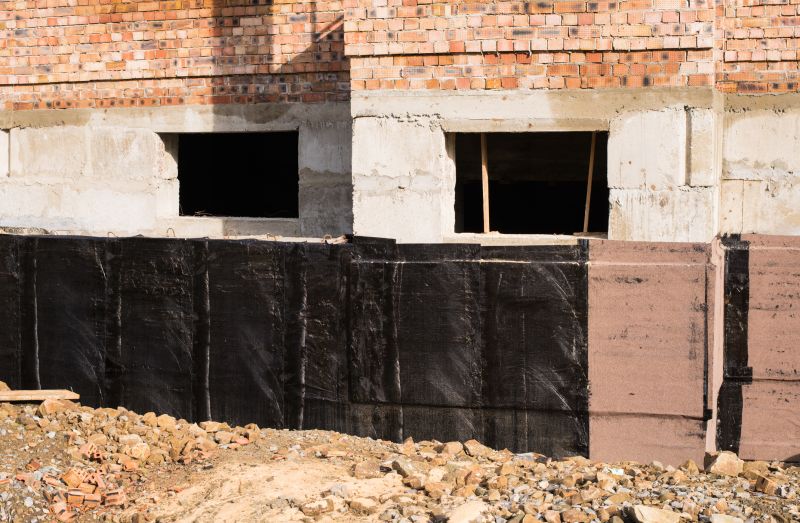
Warm weather aids in the curing process of repair materials, reducing delays.
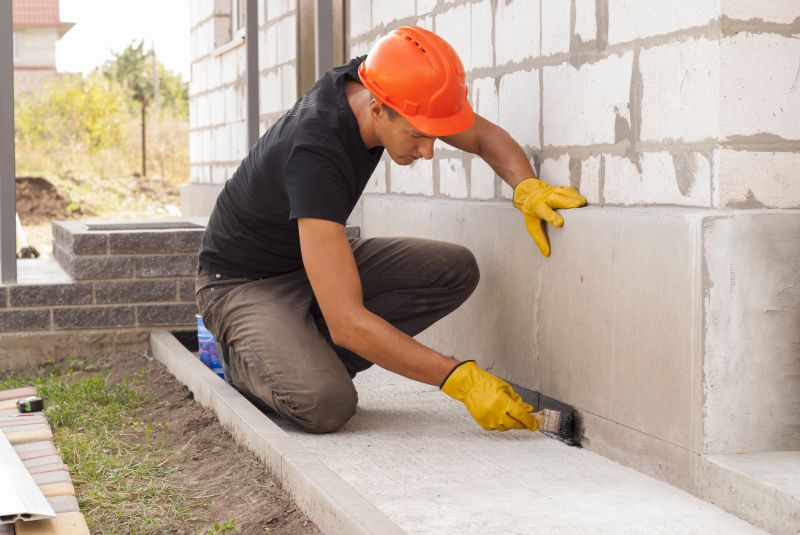
Cooler temperatures and less rainfall make fall a preferred season for repairs.

Ways to make Foundation Repairs work in tight or awkward layouts.
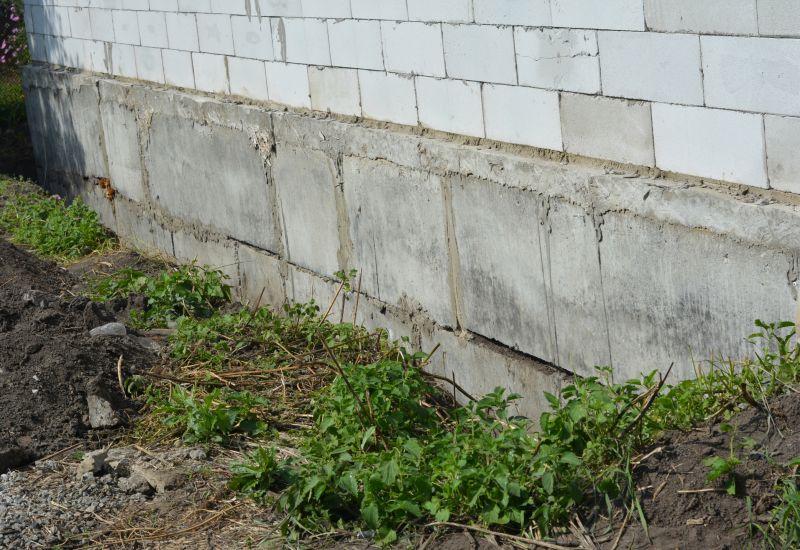
Popular materials for Foundation Repairs and why they hold up over time.
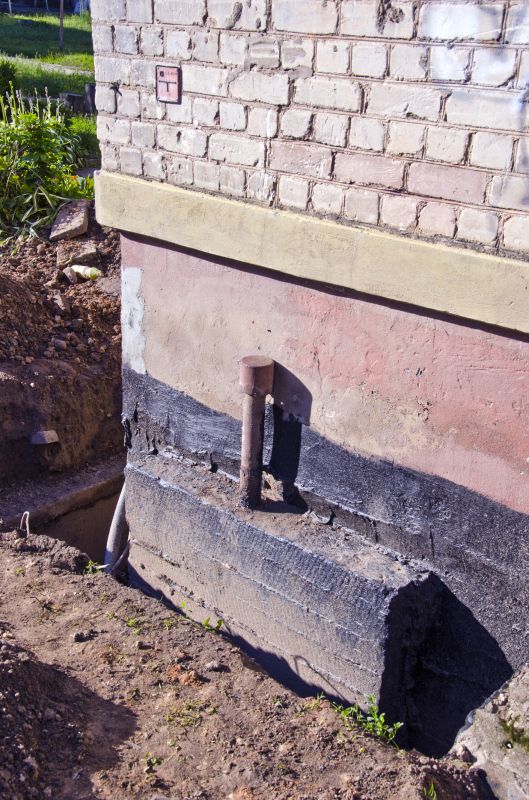
Simple add-ons that improve Foundation Repairs without blowing the budget.

High-end options that actually feel worth it for Foundation Repairs.

Finishes and colors that play nicely with Foundation Repairs.
| Season | Ideal Conditions |
|---|---|
| Spring | Moderate temperatures, manageable soil moisture, some rainfall |
| Summer | Warm weather, dry conditions, longer daylight |
| Fall | Cooler temperatures, dry soil, less precipitation |
| Winter | Freezing temperatures, frozen ground, limited accessibility |
Foundation repairs involve addressing issues such as settling, cracking, and shifting that can compromise the stability of a structure. These repairs often include underpinning, piering, and stabilization techniques. Proper timing ensures that repairs are durable and effective, minimizing the risk of future problems.
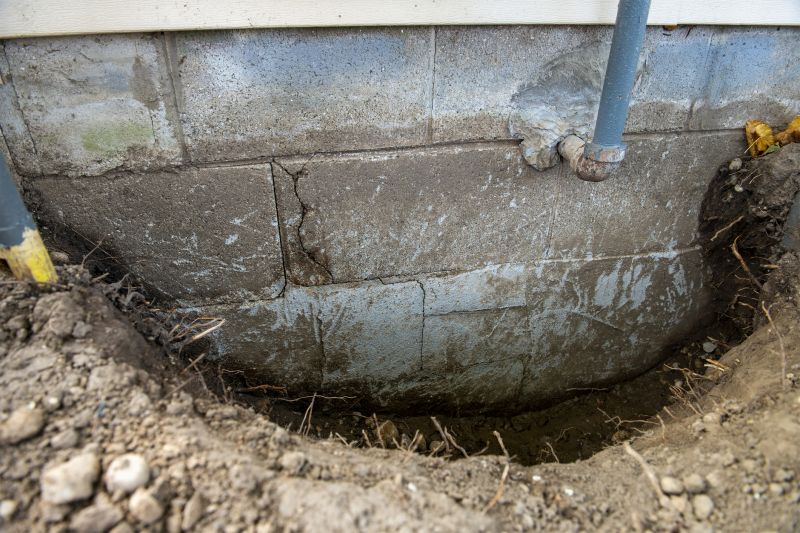
Cracks can indicate shifting or settling, requiring timely repair to prevent further damage.
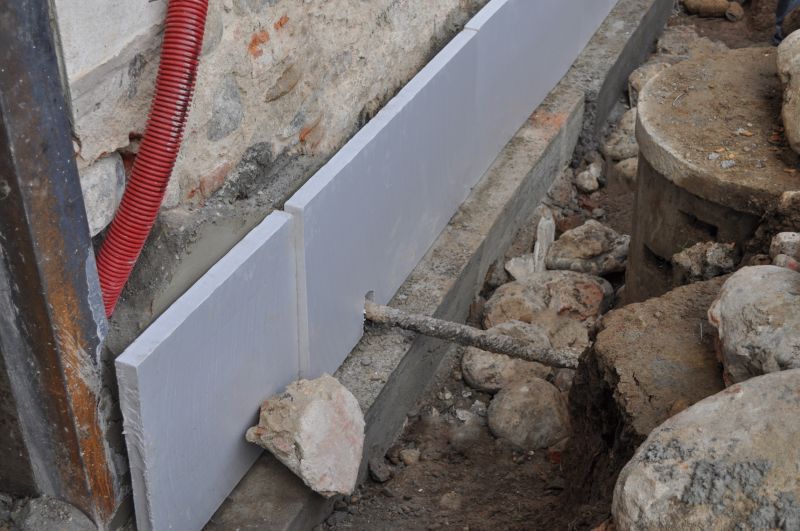
Underpinning stabilizes and strengthens the foundation, often performed during favorable weather conditions.
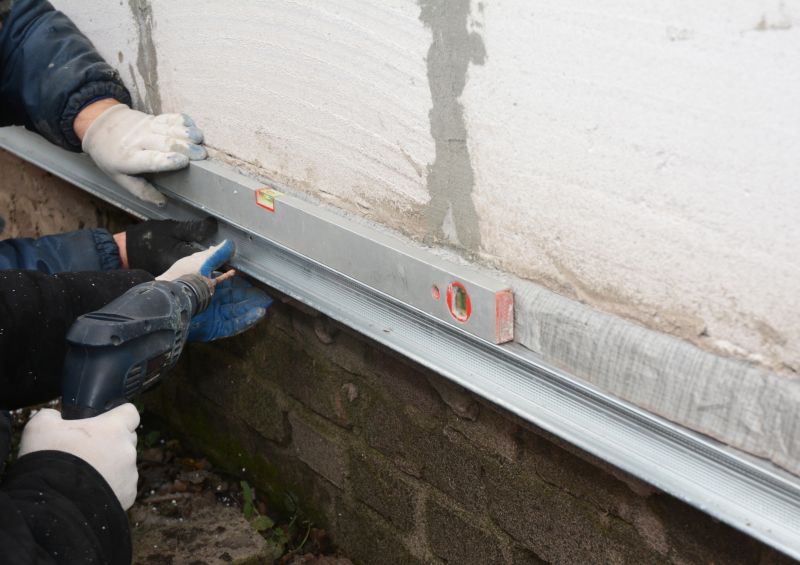
Piering lifts and stabilizes the foundation, best done when soil conditions are stable.
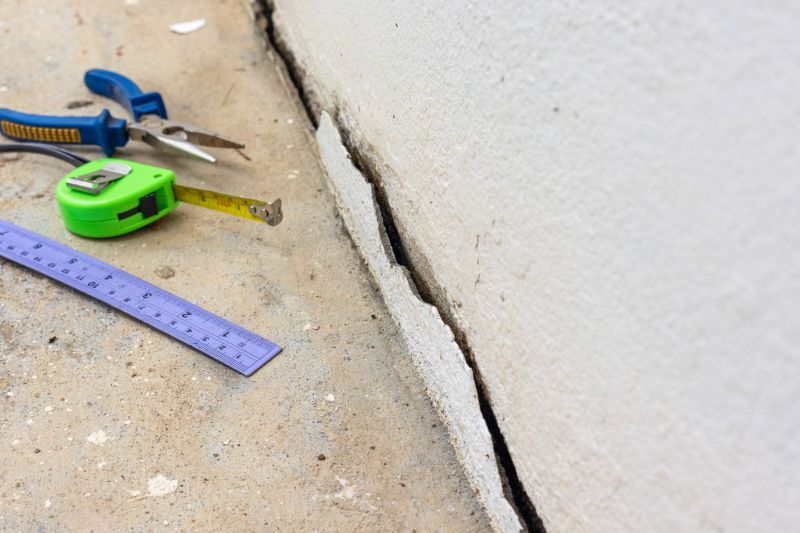
Little measurements that prevent headaches on Foundation Repairs day.
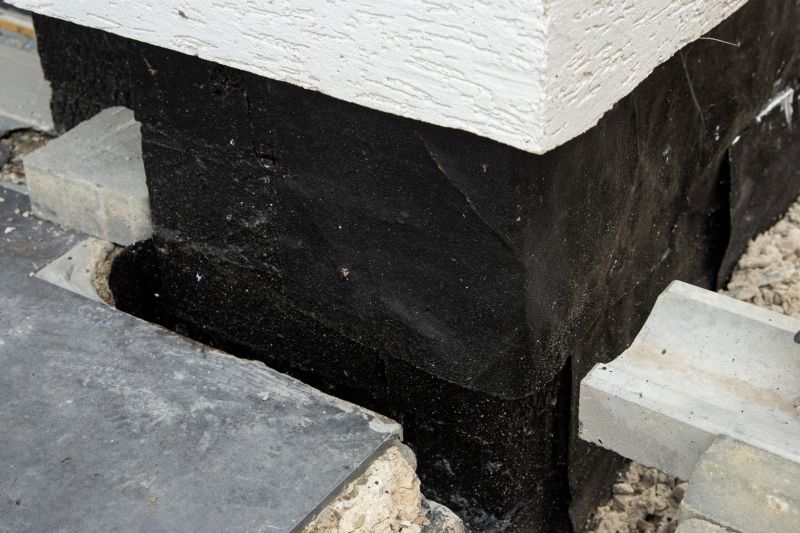
A 60-second routine that keeps Foundation Repairs looking new.

A frequent mistake in Foundation Repairs and how to dodge it.
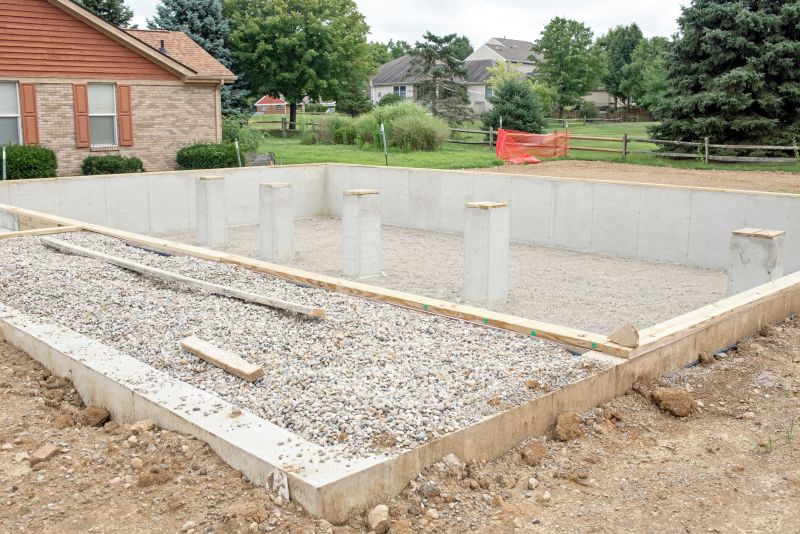
Stabilization techniques are most effective when ground conditions are predictable.
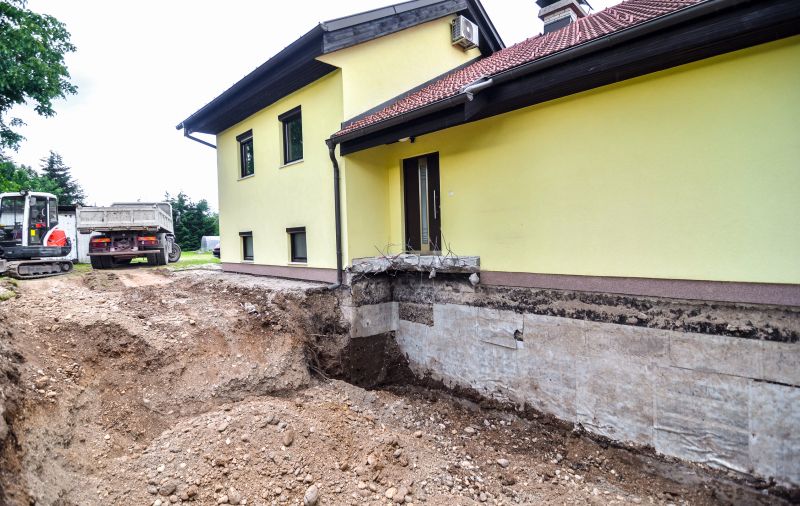
Monitoring soil movement is crucial for planning repairs at the right time.

Addressing cracks early can prevent costly structural issues.
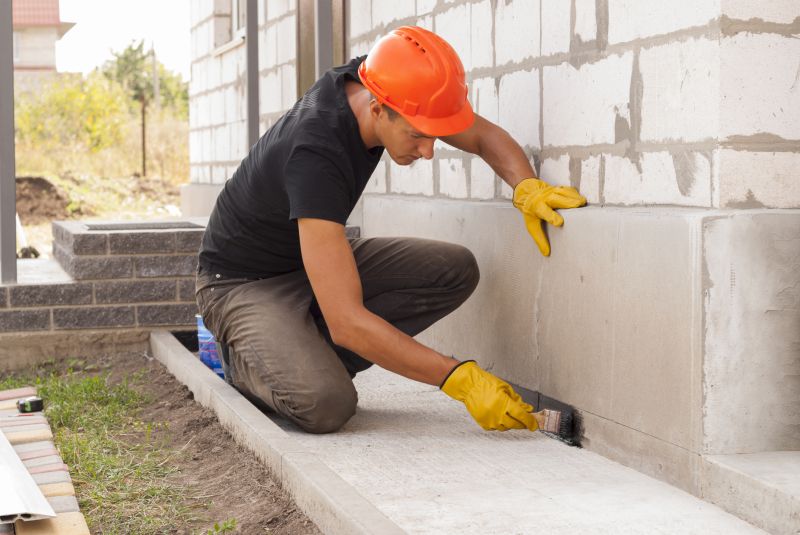
Specialized equipment is used during optimal weather for best results.

Small tweaks to make Foundation Repairs safer and easier to use.
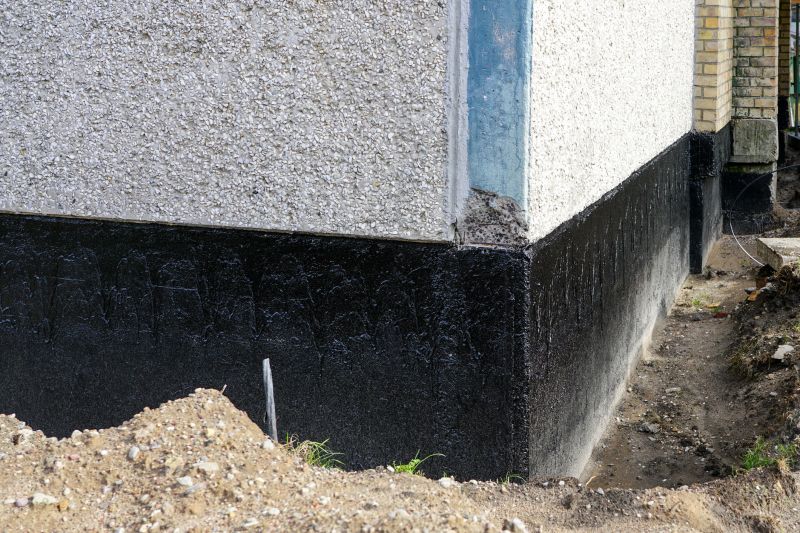
Lower-waste or water-saving choices for Foundation Repairs.
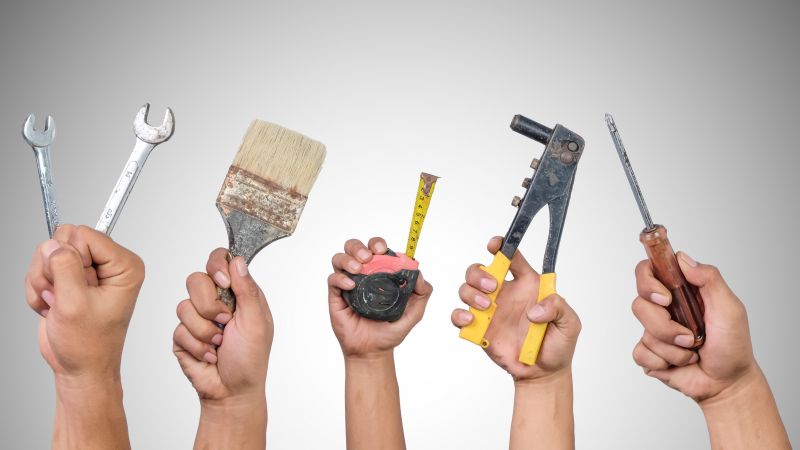
The short, realistic tool list for quality Foundation Repairs.
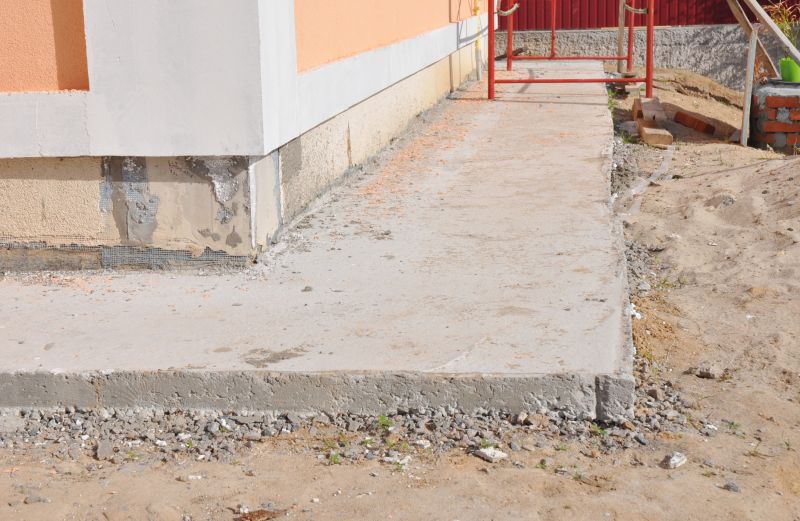
Rough timing from prep to clean-up for Foundation Repairs.
Timing foundation repairs appropriately can significantly impact their success and longevity. Consulting with professionals to assess ground conditions and weather patterns helps determine the most suitable period for performing repairs. Proper scheduling ensures that repairs are completed efficiently and effectively.
Interested in foundation repairs? Filling out the contact form provides a way to receive professional evaluation and guidance on the best timing for repairs based on specific site conditions.


